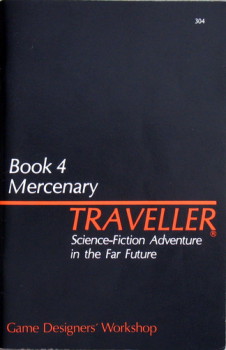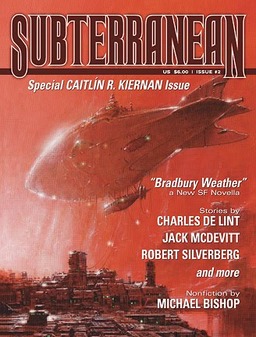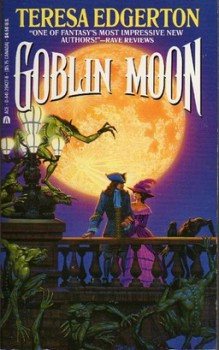My Fantasia Festival, Day Three (Part One): The Satellite Girl and Milk Cow, Demon of the Lute, and Patch Town
 Saturday was my first really big day at Fantasia. On weekdays, the festival usually starts its screenings at 5 or 6, with the occasional matinée at 3. Weekend days kick off around noon, meaning many more movies are on offer. Which also incidentally increases the risk of losing track of the need for a meal. I ended up seeing five movies last Saturday, with a dinner break after the first three. So this post will cover those first three films and I’ll have another up shortly looking at the next two. (In general it seems like I’m going to have more Fantasia posts than I’d thought, as I try to keep up with the films I’ve watched.)
Saturday was my first really big day at Fantasia. On weekdays, the festival usually starts its screenings at 5 or 6, with the occasional matinée at 3. Weekend days kick off around noon, meaning many more movies are on offer. Which also incidentally increases the risk of losing track of the need for a meal. I ended up seeing five movies last Saturday, with a dinner break after the first three. So this post will cover those first three films and I’ll have another up shortly looking at the next two. (In general it seems like I’m going to have more Fantasia posts than I’d thought, as I try to keep up with the films I’ve watched.)
I started at the Hall Theatre at 11:40 with an animated film from Korea called The Satellite Girl and Milk Cow. As soon as that ended, I ran across the street to the smallest of the three main Fantasia theatres, the J.A. De Sève, where I watched the wild Shaw Brothers kung-fu film Demon of the Lute. After which I stayed with the De Sève to watch the Canadian feature Patch Town, which turned out to be a charming, surreal fantasy. It was a good, if somewhat lunatic, afternoon.
(Incidentally, the reason why I mention the theatres in which the movies are playing is because after a few days, it seems like each one has developed its own personality. Big broad-appeal films play at the Hall — bearing in mind that ‘broad appeal’ at Fantasia can mean something like Zombeavers as well as Guardians of the Galaxy. The D.B. Clarke seems to host a lot of thoughtful films with fairly high production values. And the De Sève has featured a number of experimental films and documentaries, as well as screenings of older films and the occasional thriller or horror movie.)





 On Friday night, the cats came out at Fantasia.
On Friday night, the cats came out at Fantasia.

